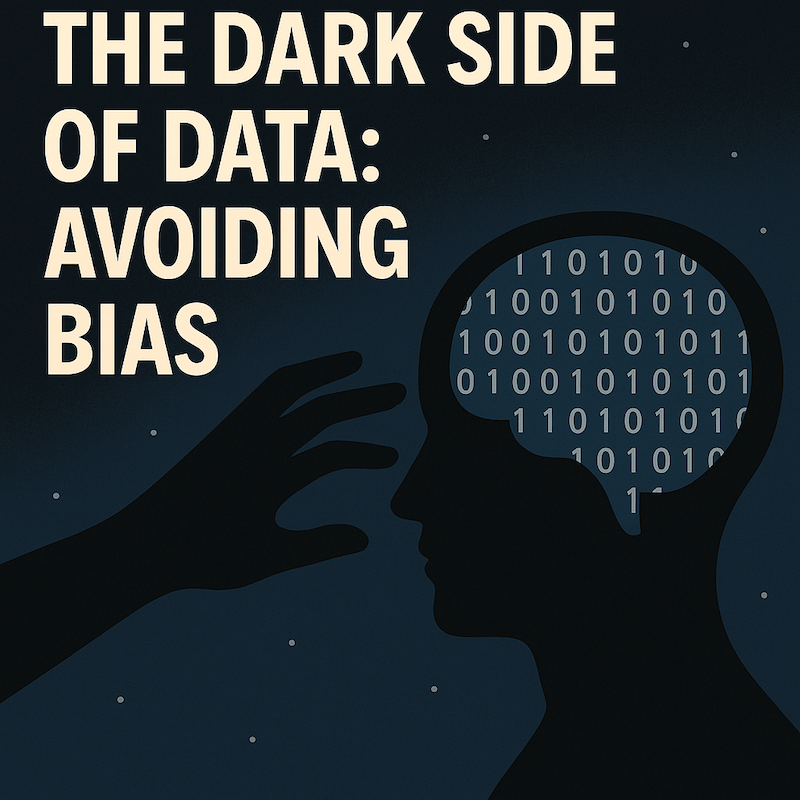The dark side of data: avoiding bias
2025-08-19 • data-analytics

Data has become the currency of modern business. We rely on it to guide strategy, shape products, and even influence who gets hired. But as powerful as data can be, it carries a hidden risk: bias. Left unchecked, bias in data can turn a “fact-based” decision into a flawed one, sometimes with costly consequences.
Where bias creeps in
Bias doesn’t always come from bad intentions. Often, it sneaks into the process without us even realizing:
- Biased collection: If you only survey certain customer groups, your data won’t represent the whole picture.
- Historical bias: Algorithms trained on past data may simply reinforce outdated or unfair patterns.
- Interpretation bias: Even when the numbers are accurate, people can cherry-pick or overemphasize data that supports their assumptions. The result? Decisions that feel data-driven but are really just data-colored versions of old habits.
Real-world impact
Think of a recruitment system that unintentionally favor certain demographics because the training data was skewed. Or marketing campaigns that fail because the sample audience didn’t reflect actual customers. In healthcare, biased data can even affect patient outcomes — a reminder that the stakes go far beyond business performance.
How to fix
Avoiding bias doesn’t mean avoiding data. It means treating data with the same critical eye you’d apply to any important resource:
- Diversify your data sources – Relying on a single dataset is like listening to one person’s opinion. Search for trustable sources.
- Check your algorithms – Regularly check models for unintended patterns or skewed outputs.
- Have different perspectives – Bring in cross-functional teams to interpret results, not just data specialists. Ask better questions – Instead of asking “What does the data say?” ask “What might the data be missing?”
Data integrity
Data should empower better choices, not reinforce blind spots. By recognizing the dark side of data and actively addressing bias, organizations can build trust, make smarter decisions, and create outcomes that truly serve the people behind the numbers. Because in the end, the goal isn’t just data-driven decisions — it’s better decisions, made with both insight and integrity.